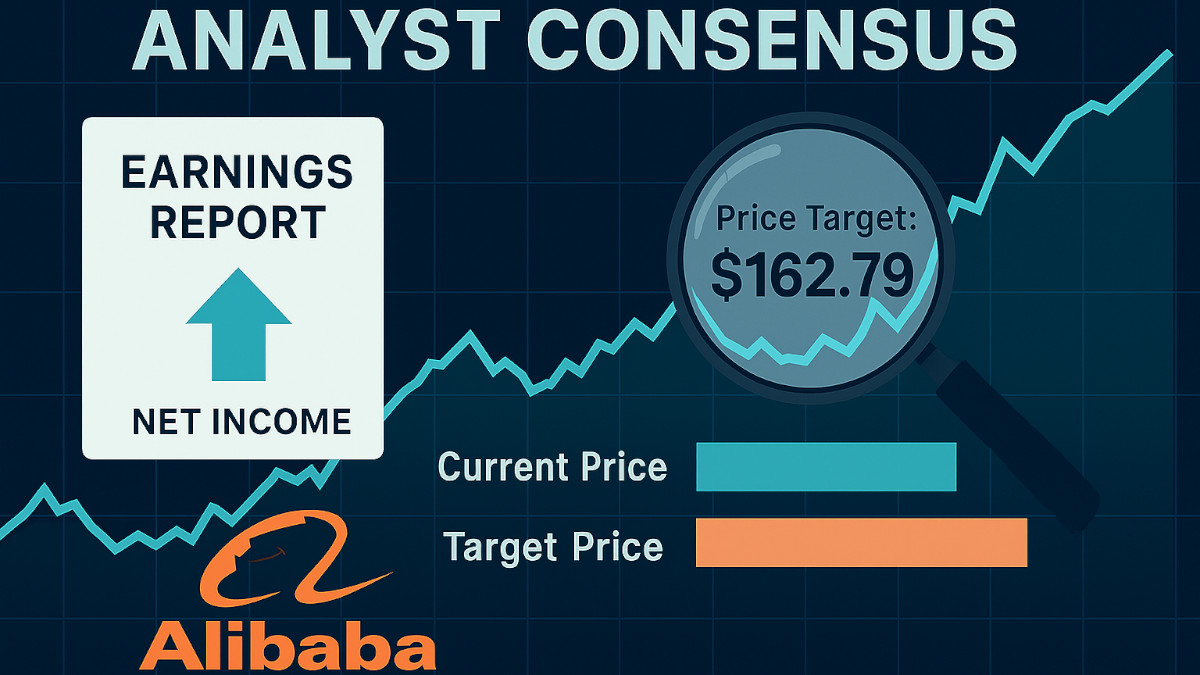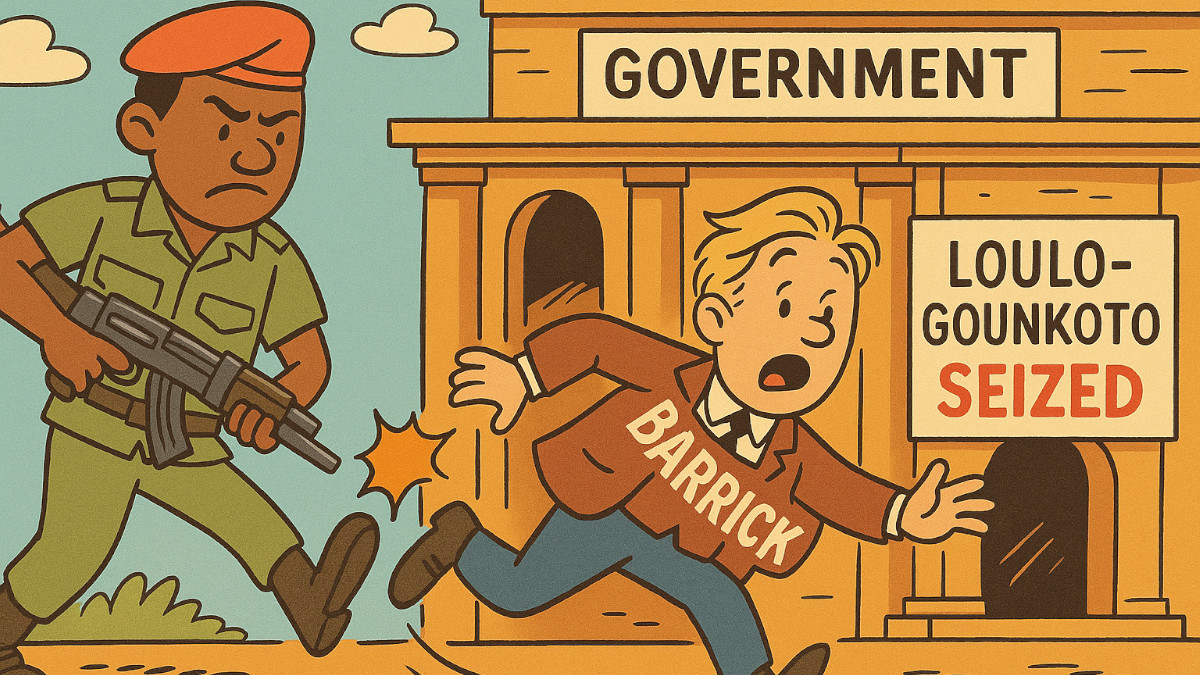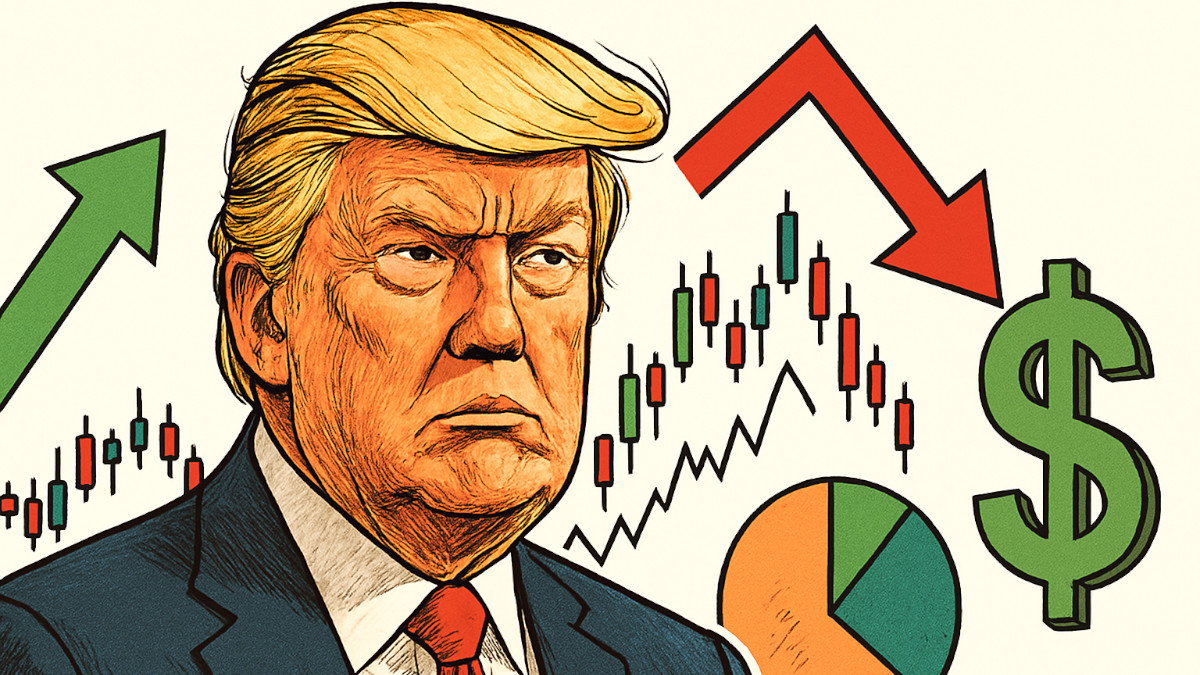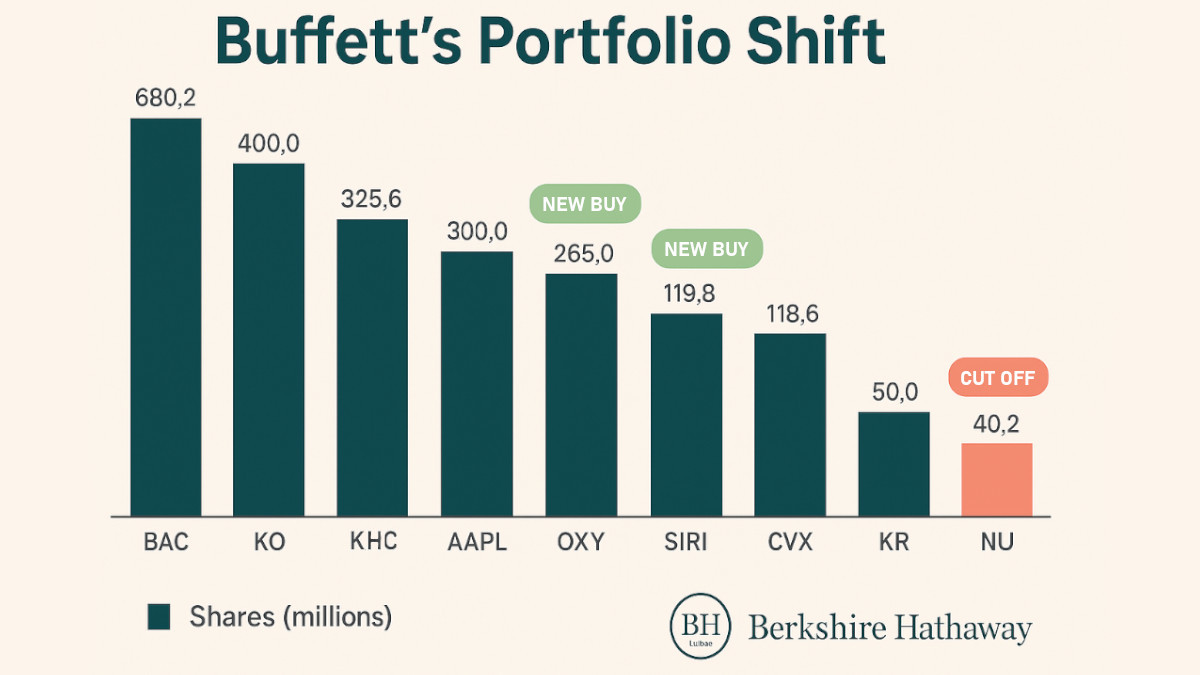- マーケット分析
- トレーディング・ニュース
- New Leadership, Old Challenges: Nike's Fight for Market Share
New Leadership, Old Challenges: Nike's Fight for Market Share

Nike, the global sportswear powerhouse, finds itself at a crossroads. Recently, analysts issued a "Sell" rating, citing poor growth prospects, rising competition, and eroding market share. Despite Nike’s strong profitability, concerns are mounting that the company has entered a mature phase, with its dominance waning. However, the unexpected departure of CEO John Donahoe and the appointment of long-time executive Elliott Hill has sparked renewed optimism for a potential turnaround.
Sluggish Growth and Rising Competition
Nike's FY2024 fiscal results reflect a company struggling to keep pace with a rapidly evolving market. Revenue grew by just 0.3%, a far cry from the healthy growth of the broader luxury and apparel industry, which has been expanding at a compound annual growth rate (CAGR) of 7.2% over the past decade. By contrast, Nike's growth over the same period lagged at 6.3%. The forecast for FY2025, which anticipates a mid-single-digit revenue decline, has only added to investor concerns.
Much of Nike’s challenges stem from intensifying competition. Younger, more agile companies like On Holding, Lululemon, and Hoka are capturing market share through innovation and an ability to resonate with shifting consumer preferences, such as the rise of athleisure and sustainable fashion. These trends have put pressure on Nike, which has been slower to adapt.
Market Reactions
Nike’s stock performance this year reflects the company’s struggles. Shares are down 27% year-to-date, as investors have begun pricing Nike as a mature company rather than a growth stock. The stock price did see a temporary lift, however, jumping 8% in after-hours trading following the announcement of CEO John Donahoe’s exit. Investors responded positively to the appointment of Elliott Hill, hoping his deep knowledge of Nike’s commercial operations will help steer the company back on track. But even with this leadership change, the company faces significant hurdles.
Elliott Hill's Challenge
Elliott Hill's task as Nike’s new CEO is formidable. The company’s over-reliance on direct-to-consumer (DTC) sales, while initially a profitable strategy, has started to backfire. Nike’s reduced partnerships with third-party retailers have limited its reach, a situation Hill is expected to address. Additionally, the pace of innovation has slowed, leaving Nike vulnerable to competitors offering cutting-edge products with advanced technology and designs.
Hill, who has spent 32 years with Nike and led various divisions, including sales and marketing, is seen as someone who could reinvigorate the brand. Investors are optimistic, but the stock's recovery will depend on Hill's ability to execute a successful turnaround, particularly in areas like product innovation, global sales strategies, and regaining market share.
Sector and Economic Implications
Nike's challenges are not unique. Legacy brands in the apparel and sportswear sectors are all facing increased competition from younger, more nimble companies. As consumer preferences shift toward sustainability and niche-focused products, traditional giants like Nike, Adidas, and Puma must adapt or risk losing further ground. In contrast, brands like Lululemon and Hoka are thriving by capitalizing on these trends.
From a macroeconomic perspective, Nike’s declining performance could signal trouble for the broader apparel industry, particularly in regions like North America and Europe, where consumer demand is slowing. Inflationary pressures and tighter consumer spending add additional strain, forcing companies to reassess their pricing strategies and growth prospects.
Sentiment Analysis - Cautious Optimism
Investor sentiment surrounding Nike remains cautious. While the recent leadership change has generated some optimism, long-term concerns about the company’s ability to keep pace with its competitors persist. Hill’s appointment offers hope for a strategic shift, but whether he can execute on this remains to be seen. For now, the consensus remains one of caution, with analysts and investors awaiting clearer signs of a sustainable turnaround.
Nike Fundamental Analysis
From a fundamental perspective, Nike’s metrics tell the story of a company transitioning from growth to maturity. Gross margins remain stable at 45%, and free cash flow (FCFF) is improving due to reduced reinvestment needs. However, revenue growth has stagnated, and Nike’s market share is expected to decline further, with analysts projecting the company's market share to drop to 8.5% by 2025.
Nike’s current valuation is seen as fair, but the real question for investors is whether the company can reignite its growth engine under Hill’s leadership. The market is pricing in a moderate growth outlook, with projected revenues expected to grow at a modest CAGR of 3.3% over the next decade—well below industry averages.
The Bottom Line for Nike
While the company remains a strong brand with solid profitability, its future growth prospects are under threat from rising competition and shifting market dynamics. The leadership change, while promising, is just the beginning of a long and difficult journey for Nike. Whether Elliott Hill can overcome these challenges and steer the company back toward growth remains to be seen. Investors should remain cautious but watchful, as the next few quarters will likely determine whether Nike can regain its footing in the competitive global sportswear market.







